The Essence of Astrological Birth Charts
Delve into the core principles of astrology by understanding the intricate details of a birth chart, the celestial map of your unique cosmic imprint.
article by Priya Deshmukh
Introduction to Birth Charts
Astrology offers a unique lens through which to view the complexities of our personalities and potential life paths. At the crux of this ancient practice lies the birth chart, also known as a natal chart. This personalized astronomical snapshot captures the exact positions of the planets and other celestial bodies at the moment of your birth, offering insights into your innate tendencies, strengths, and challenges. A birth chart is not a static document, but a living cosmic guide that grows and evolves with you throughout your journey.

Components of a Birth Chart
A birth chart is composed of several key components, each contributing to the rich tapestry of your astral DNA. The most essential elements include the sun, moon, and rising signs, each providing multifaceted layers of meaning. The sun sign reflects your core identity, the moon sign reveals your emotional nature, and the rising sign, or ascendant, symbolizes the mask you present to the world. Additionally, the positions of other planets like Mercury, Venus, and Mars offer further context on your communication style, love life, and drive respectively.

The Zodiac and Astrological Houses
The zodiac consists of twelve signs, each associated with unique traits and governed by a specific planet. Upon casting a birth chart, the zodiac is divided into twelve houses that represent different areas of life, from self-image to career, to relationships. The distribution of planets across these houses–and the aspects they form with one another–provides a nuanced analysis of personal opportunities and obstacles. Understanding the broader effects of each house can reveal the thematic energies impacting your life experiences.
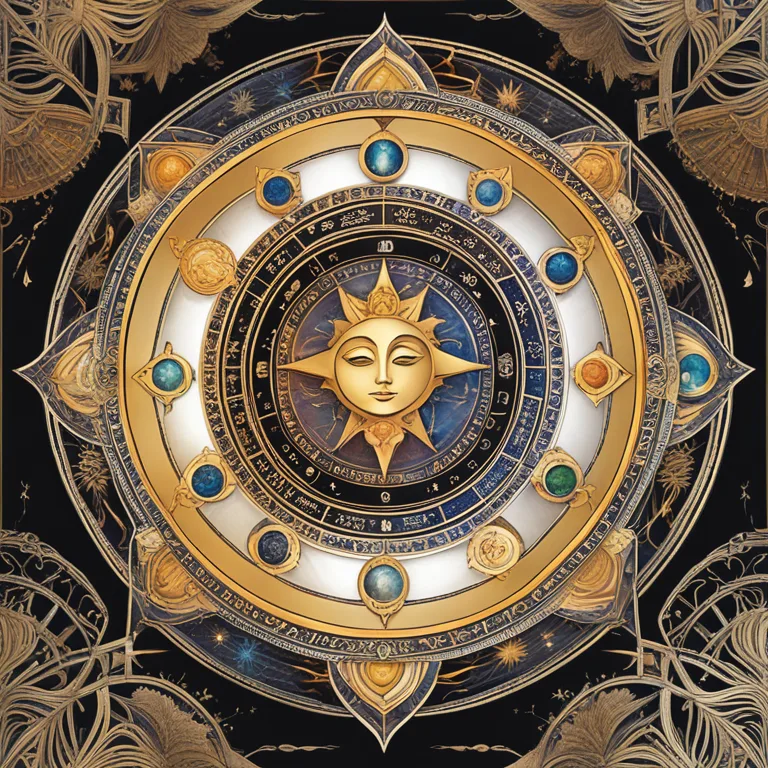
Significance of Planetary Aspects
Planetary aspects are the angles that planets form with each other on the celestial sphere, offering clues to the dynamics of your personality and fate. They are categorized as conjunctions, sextiles, squares, trines, and oppositions, each bearing their own significance. Harmonious aspects such as trines and sextiles suggest ease and flow, whereas challenging aspects like squares and oppositions might indicate areas of growth through tension and conflict. The dance between these energies shapes the narrative arc of your personal development.

Transits and Progressions
Astrology is not merely about the moment you were born; it's a journey of transformation. Transits refer to the movements of planets in the present and how they interact with your birth chart, marking periods of change and evolution. Progressions, a method of advancing the birth chart through time, reflect inner growth and shifts in consciousness. Paying attention to transits and progressions can empower you to navigate life's ebbs and flows with greater awareness and intentionality.
The Role of Astrology in Personal Growth
Astrology is not about fate casting an immutable decree upon your life; it's about potential and perspective. A birth chart does not dictate who you will become but illuminates paths that are aligned with your true nature. Engaging with your birth chart can foster introspection and self-discovery, acting as a tool for personal development. It encourages you to embrace your strengths, understand your vulnerabilities, and take proactive steps toward the fulfillment of your aspirations.
Published: 12/27/2023
Modified: 12/28/2023
More predictions
Come back here soon to learn more about yourself and your future


Can a Birth Chart Predict The Future?
Explore the intriguing connection between astrological birth charts and future predictions, examining their reliability and the philosophical underpinnings.
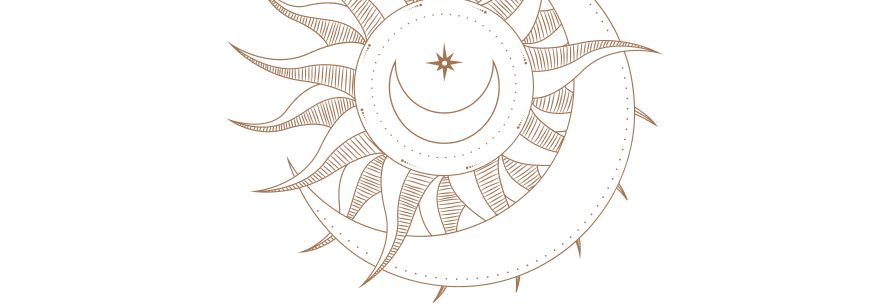

Your Birth Chart in Astrology: A Cosmic Blueprint
Delve into the stars with our guide to understanding your astrological birth chart—a mirror to your potential and path.
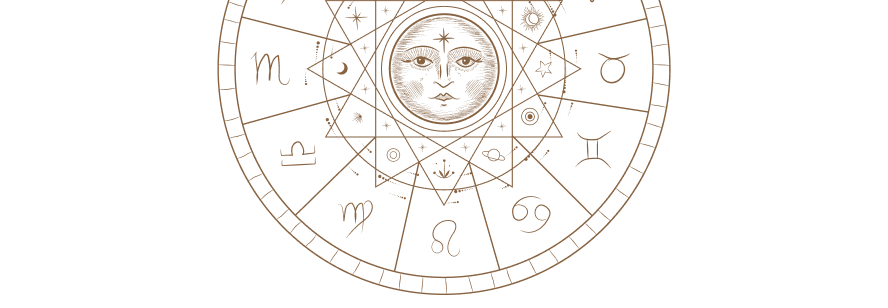
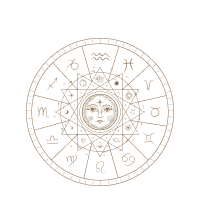
Birth Chart: The Paramount in Astrology
Find out which birth chart holds essential insights for personal astrology and why it is considered fundamental in astrological practices.